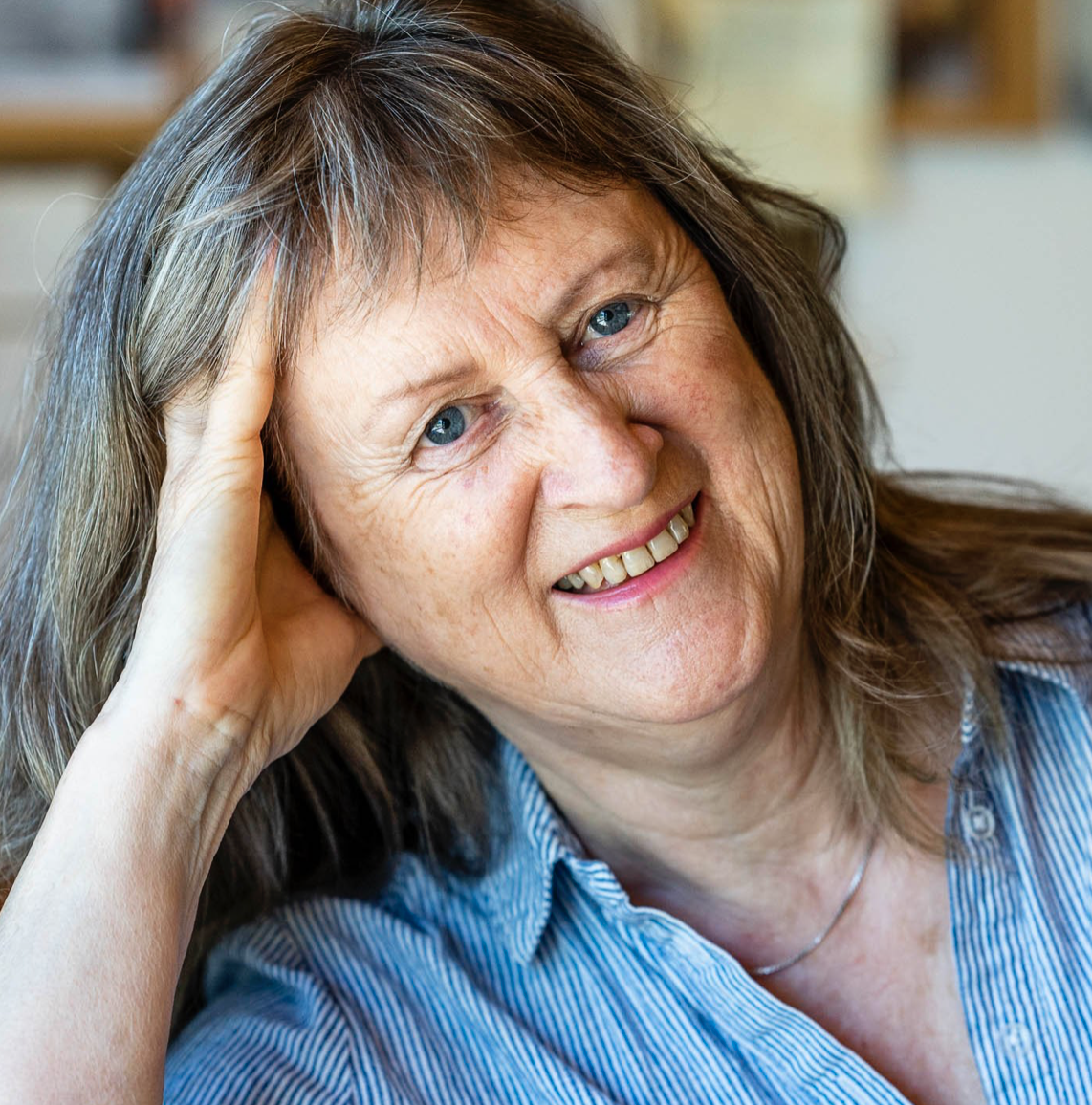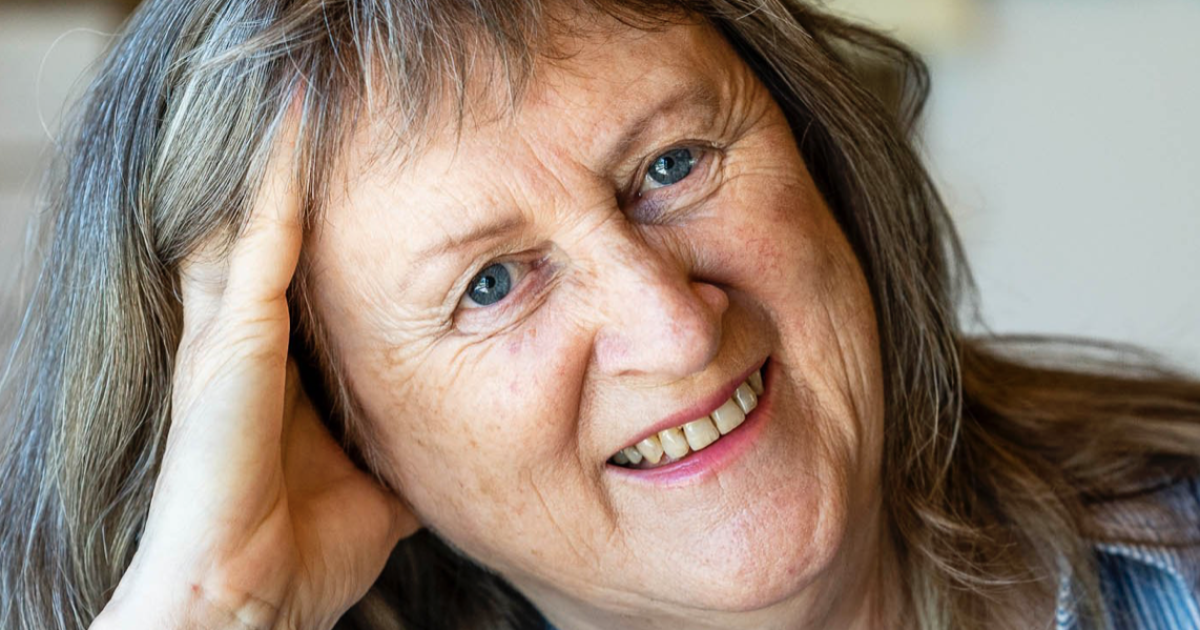
Author Robyn Cadwallader’s fiction is set in mediaeval England, with surprising modern resonance. Photo: Supplied.
Robyn Cadwallader spends her days writing in a room at Murrumbateman. Outside, the sun shines on the bush and rolling hills and rural life hums gently beyond her garden gate.
Inside, its the 13th century and people are burning at the stake.
Robyn’s third book, The Fire and the Rose, is set in Lincoln during a prolonged period of religious persecution. The central character, Eleanor, comes from Robyn’s award-winning debut novel The Anchoress where she was the only child in a mediaeval English village who could read and write.
Now an adult, Eleanor begins the book as a servant in the house of a wealthy wool merchant, but nurtures a burning desire to become a scribe. The profession is off limits for women, practically speaking.
A chain of circumstances leads her to Jewish spice merchant Asher, whose shop is filled with intoxicating colours and perfumes but whose community is experiencing severe repression.
They fall in love against the backdrop of periodic purges, the power of Christianity as a tool of the state and the burgeoning wool trade with Northern Europe.
It’s a powerful and beautiful book that turns on Jewish libels that echo, surprisingly strongly, to the current day – mandatory yellow stars, deep suspicions about money-lending and accusations of usury, even from those who could not trade without the money-lenders’ services.
Robyn was also fascinated by the endurance of folk stories – a central thread of the novel is the story of Little Hugh, a child supposedly murdered by Jews whose shrine as a saint was venerated at Lincoln Cathedral until well into this century.
Her academic research into mediaeval history and literature stems from a deep love of the Middle Ages, often dismissed as a boring period. She says it’s anything but dull, the literature filled with extraordinary stories about dragons, virgins, saints and miracles.

Murrumbateman author Robyn Cadwallader’s new novel. Photo: Supplied.
In both novels Eleanor is a countercultural character, pushing back against a world that wants to limit both her ambitions and her power over her own body.
“She’s someone who is prepared to take a lot of risks to be who she wants to be and pursue the thing that matters to her, and she is poor,” Robyn says.
“She’s not in a convent. She’s not the daughter or wife of a wealthy man. She has no levers to pull at all. I really was setting out to write a woman who was propelled by her absolute love of words.”
Don’t construe The Fire and the Rose purely as a feminist parable, though, Robyn says. “Patriarchy doesn’t necessarily mean that women are entirely cowed.
“All of my characters discover their sense of agency somewhere, but it’s not necessarily what we might think today. It’s interesting to note that in the villages, often women had more possibility for taking on roles like buying and selling property, building, developing land, not necessarily marrying.
“Research is now showing women did all those things. If you’re upper class, once you were of marriageable age or even before, things were decided for you. So it’s often ordinary women who had more possibilities open to them.”
Robyn’s novels are deeply researched: she visited Lincoln and spoke extensively with the rabbi of Sydney’s Great Synagogue to ensure her characters were authentic.
“I think my biggest struggle was knowing how to write Jewish characters. I was very aware this was sensitive territory, but I believe if we research in the right place and speak to the right people, we can take on someone who’s outside our own experience,” she says. “But you’ve got to do the work.”
The book wasn’t written with a clear end in sight: in writing terms, Robyn says she is more of a “pantser” (as in, by the seat of her pants) than a plotter. Historical events, such as King Edward ‘s sudden decision to exile the English Jews in 1290, gave her guidelines but she didn’t know until the end where Eleanor and Asher’s relationship would go.
“If you don’t know where you’re going, there’s a certain energy in the writing, because you’re discovering it too,” she says.
“I did a lot of work on Eleanor and her character. I knew a bit about her as a little girl, but I wanted to know more about her as an adult. How does it affect our lives to have skills or interests that nobody else around you has? That’s a story for all of us.”
The Fire and the Rose is published by Harper Collins.





